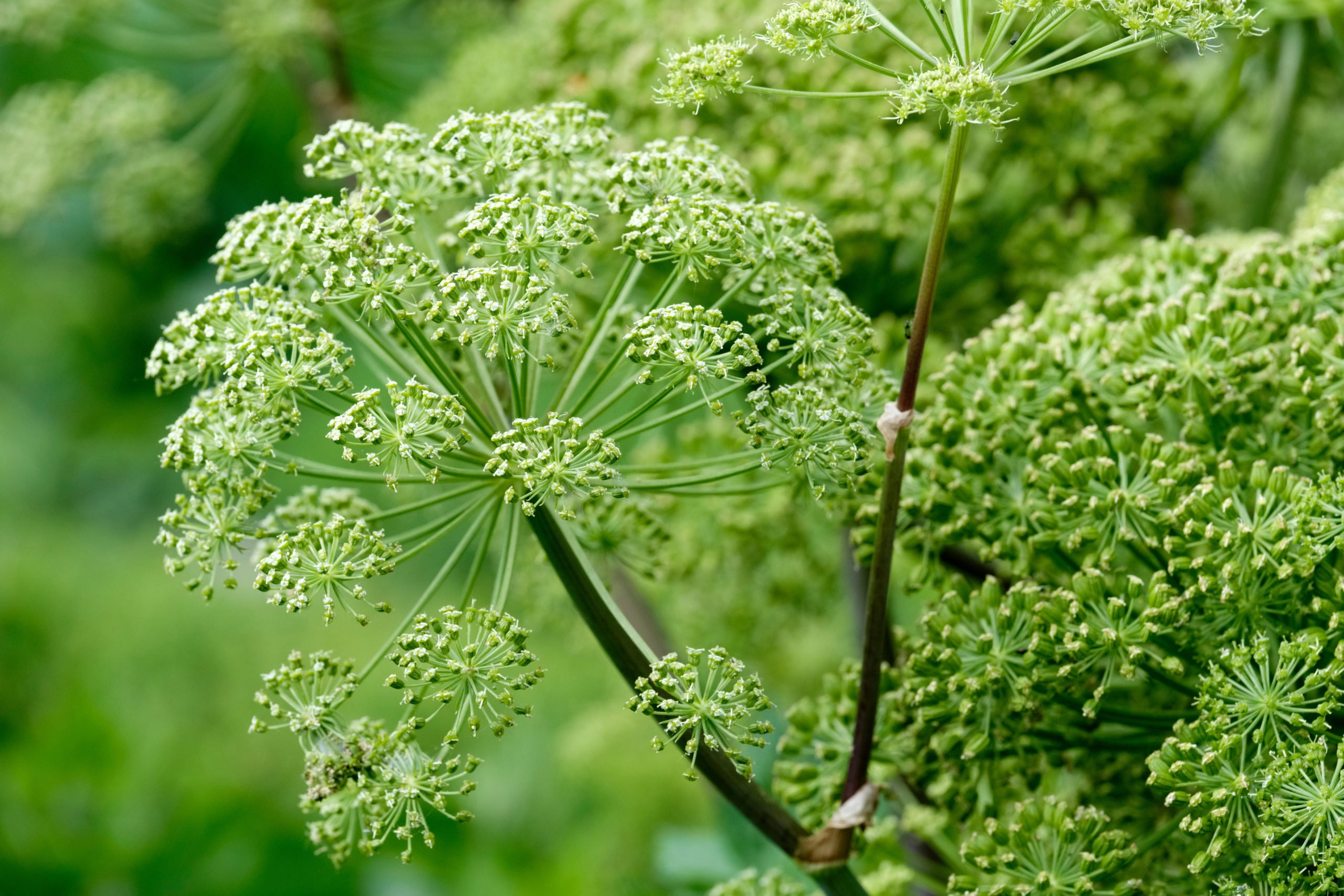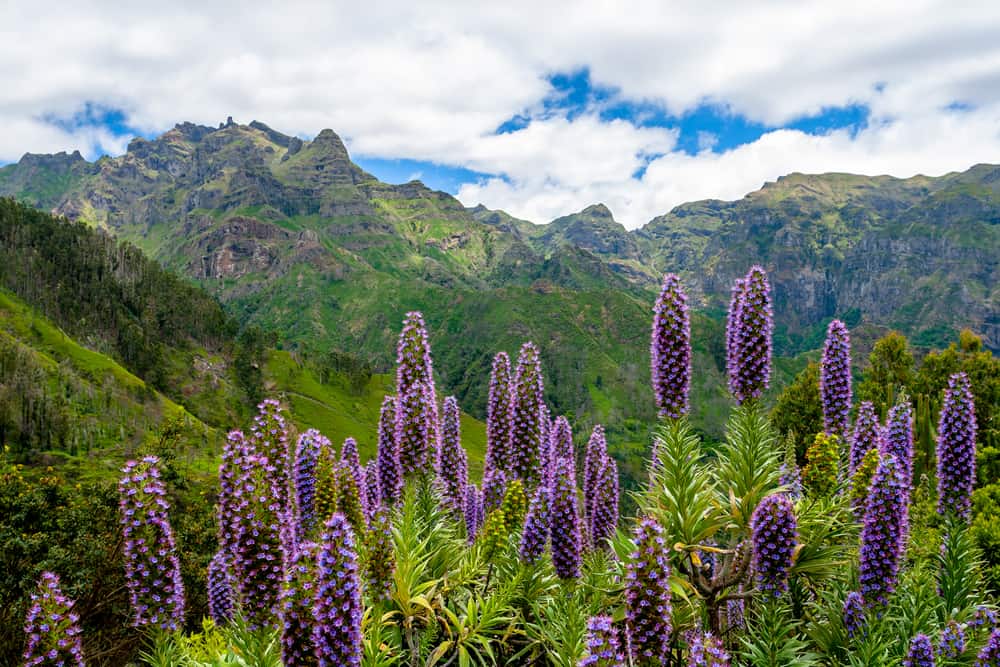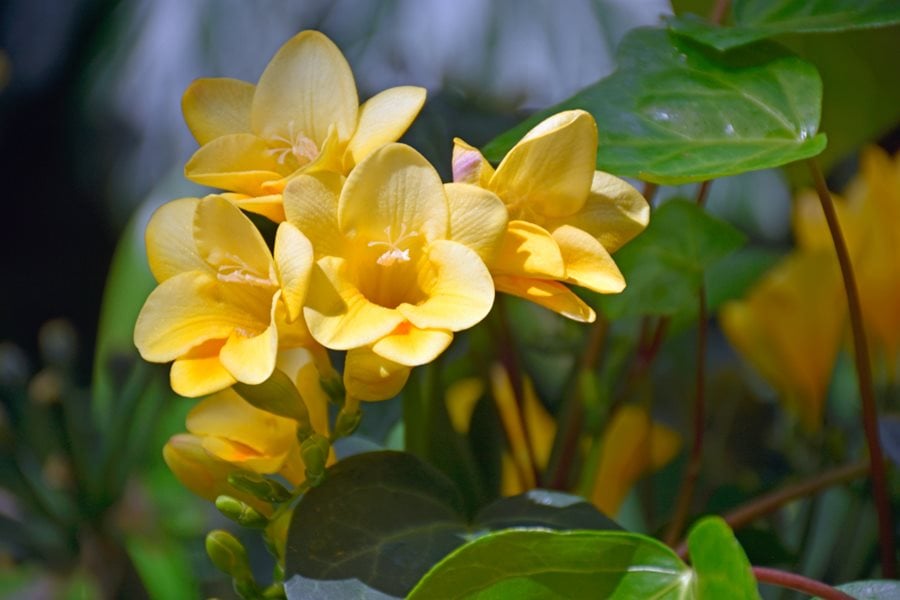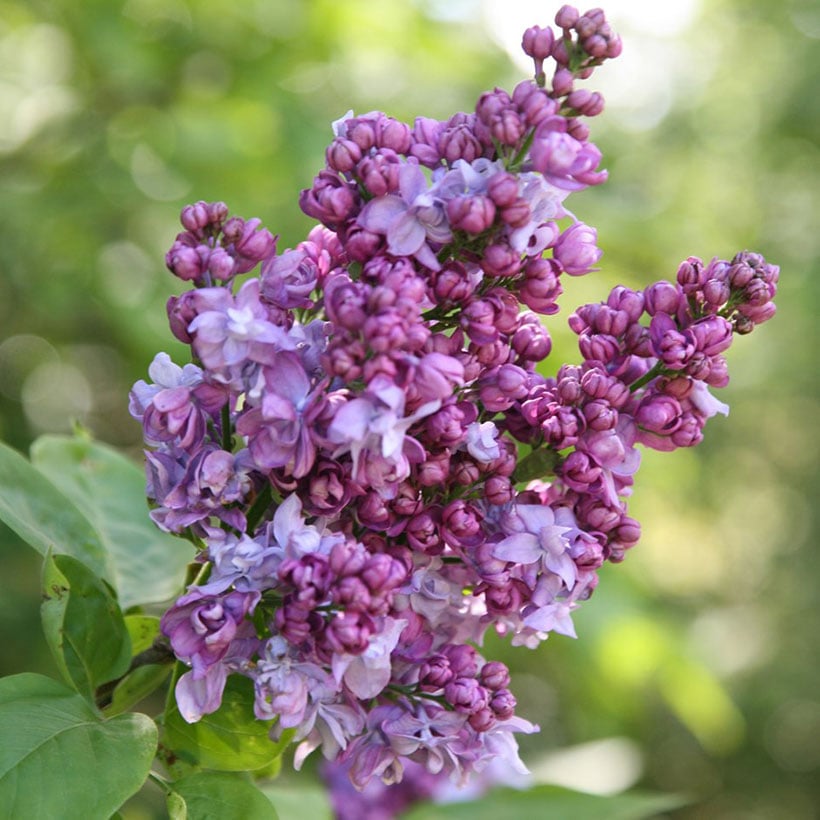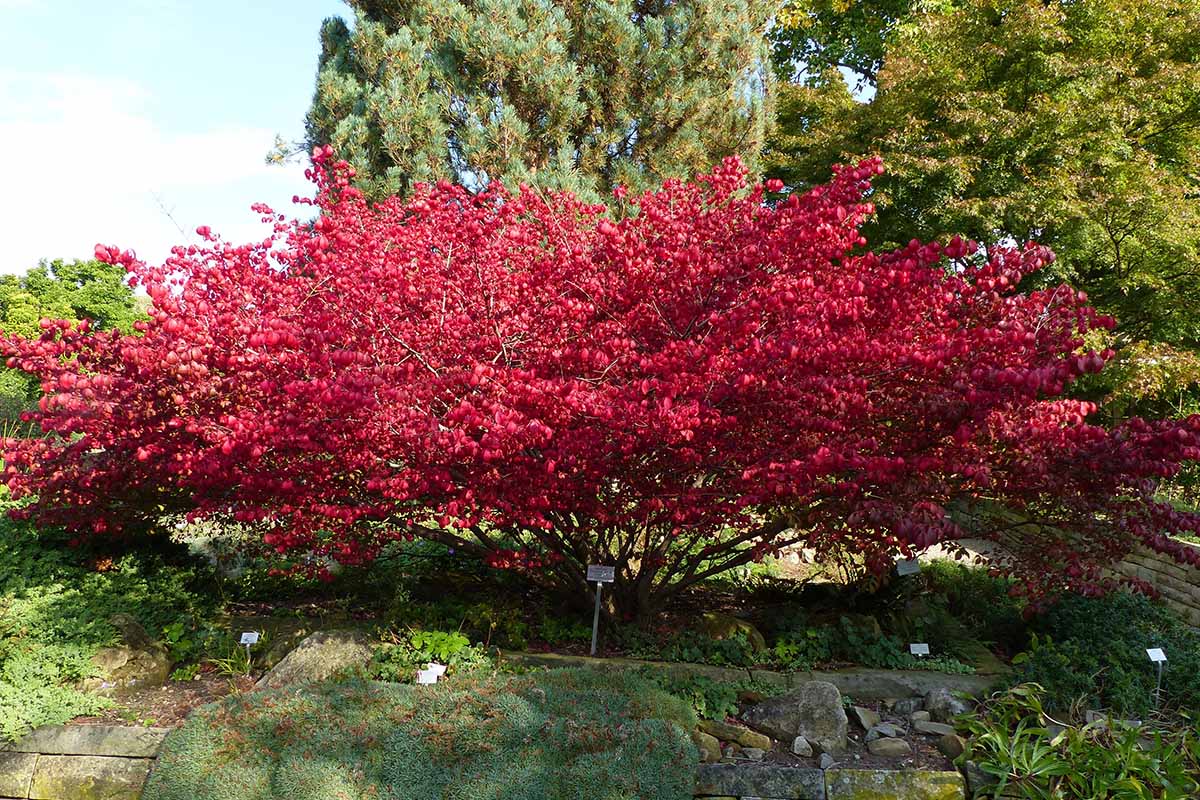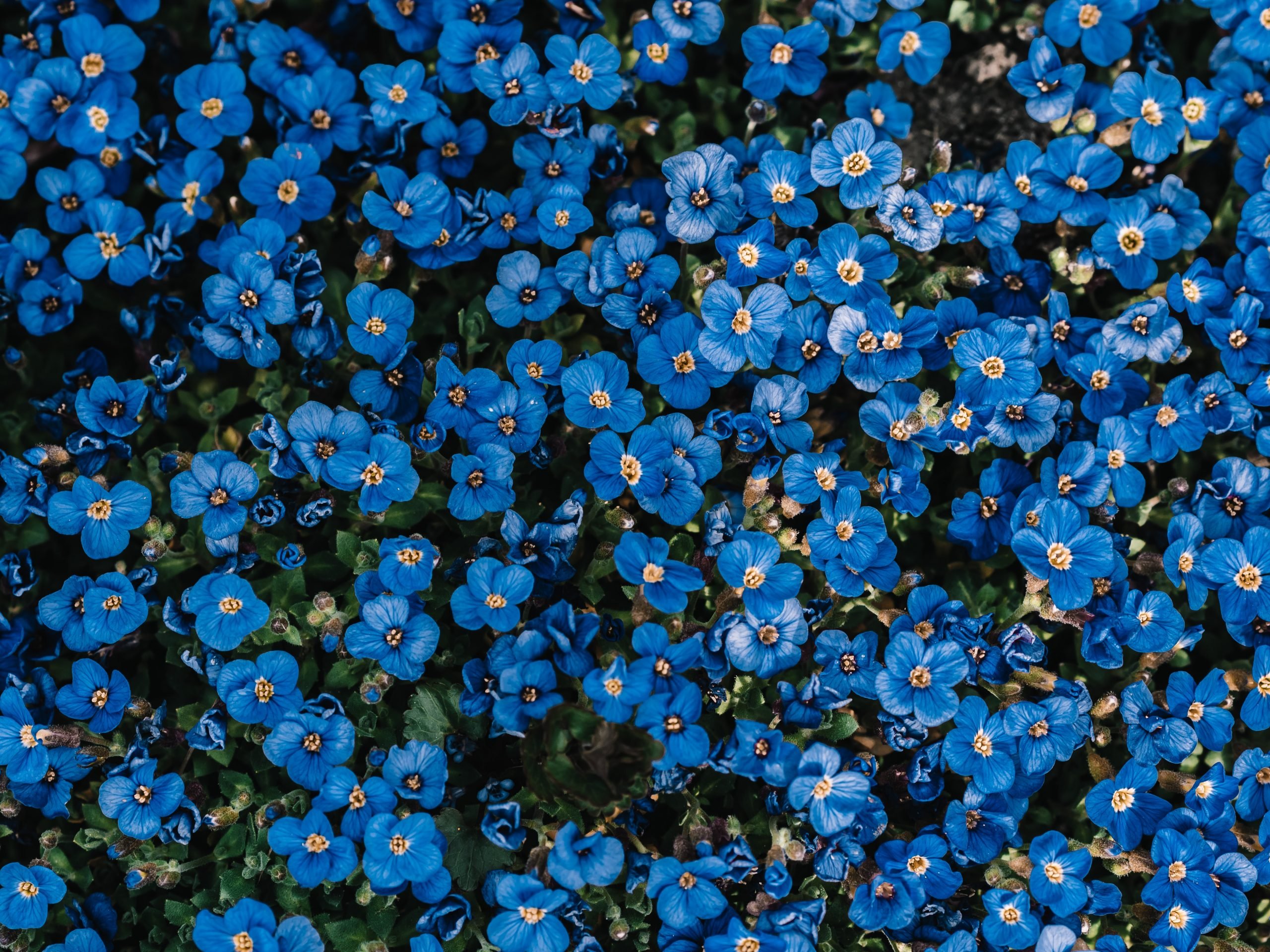Sarcococca Confusa ‘Sweet Box’: Caring Tips For Evergreen Plants
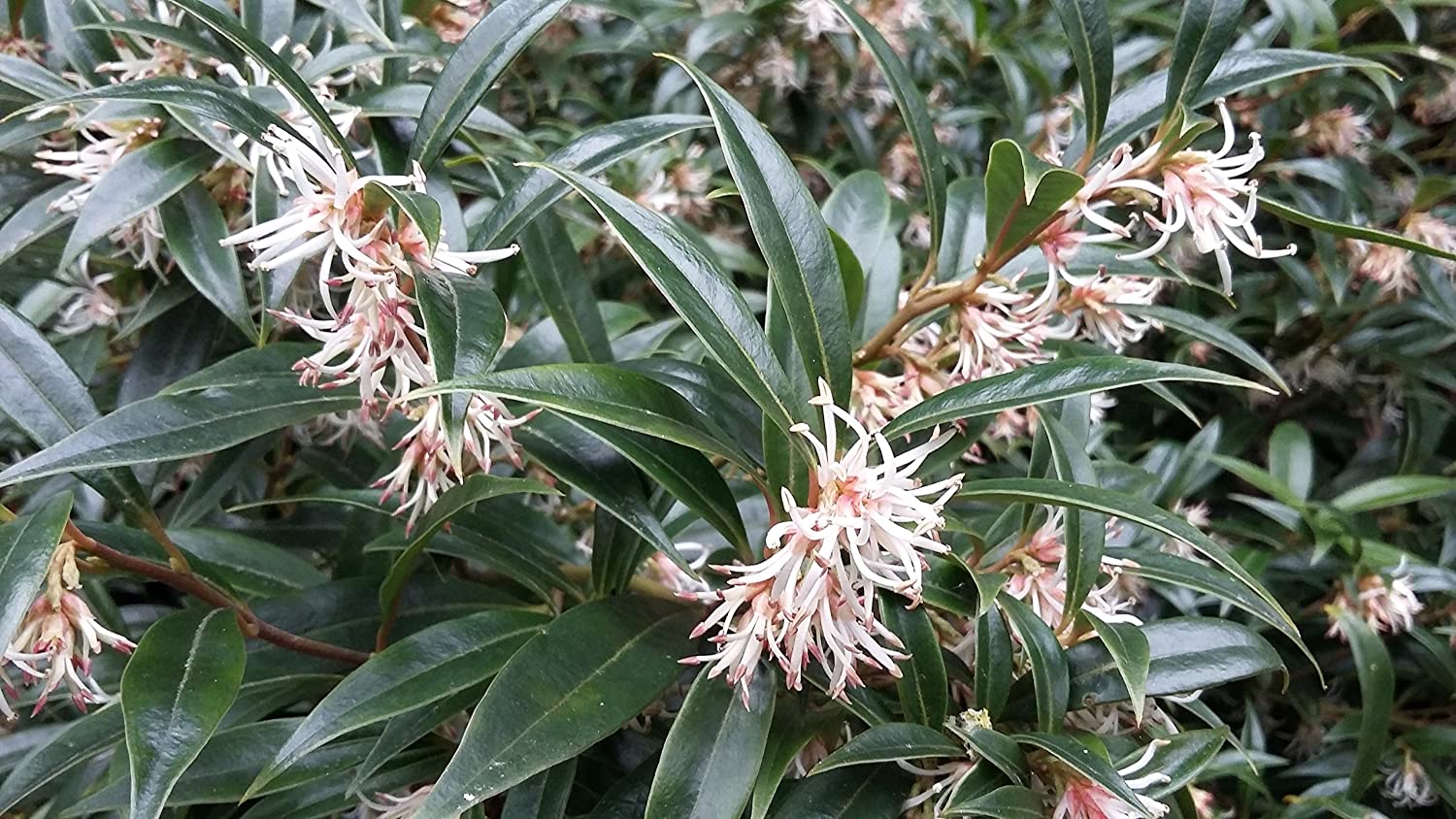
Table of Contents
Sarcococca confusa belongs to the boxwood family, or, in other words, the Buxaceae family. This plant has a very sweet fragrance. By combining these two important characteristics, the plant is also known as a ‘sweet box’ and fragrant sarcococca. Sarcococca confusa, ‘sweet box, is an evergreen plant. This plant possesses all the characteristics necessary to be included in the shrub plant family.
During the winter season, small cream-white flowers bloom with a beautiful smell. Later, the plant appears with red berries, which eventually turn black in the winter season. This plant has received the Award of Garden Merit of the Royal Horticulture Society. Though Sarcococca Confusa ‘Sweet Box’ demands low maintenance, for its proper growth, we need to give equal importance to its care.
In this article, we are going to address the sarcococca problems and give tips for their care.
Sarcococca Problems and Caring Tips
Well, Sarcococca problems are not that big of a deal!
Sarcococca confusa ‘Sweet Box’ does not face any such big problems. But in very rare cases, the plant develops problems. Let us understand the Sarcococca problem that might happen and its caring tips to prevent it.
1. Leaves Become Dry and Yellowish
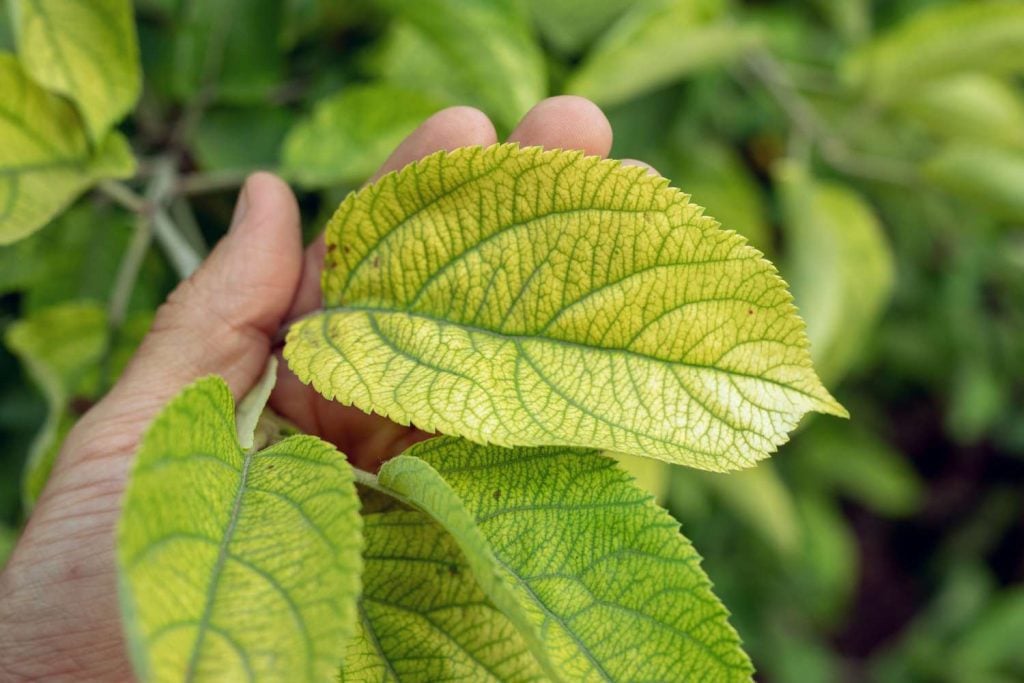
When the harsh sunlight directly falls on the plant, it results in dry, bleached, or yellowish leaves. When the proper nutrients are not provided on a regular basis, the plant also faces the same problem.
Solution:
Understand the requirement for sunlight for the plant. This plant requires an average of 2 hours of direct sunlight every day. So arrange the plant’s position according to its necessity. Keep it in partial shade or full shade, where it does not receive harsh sunlight all day.
2. Poor Growth
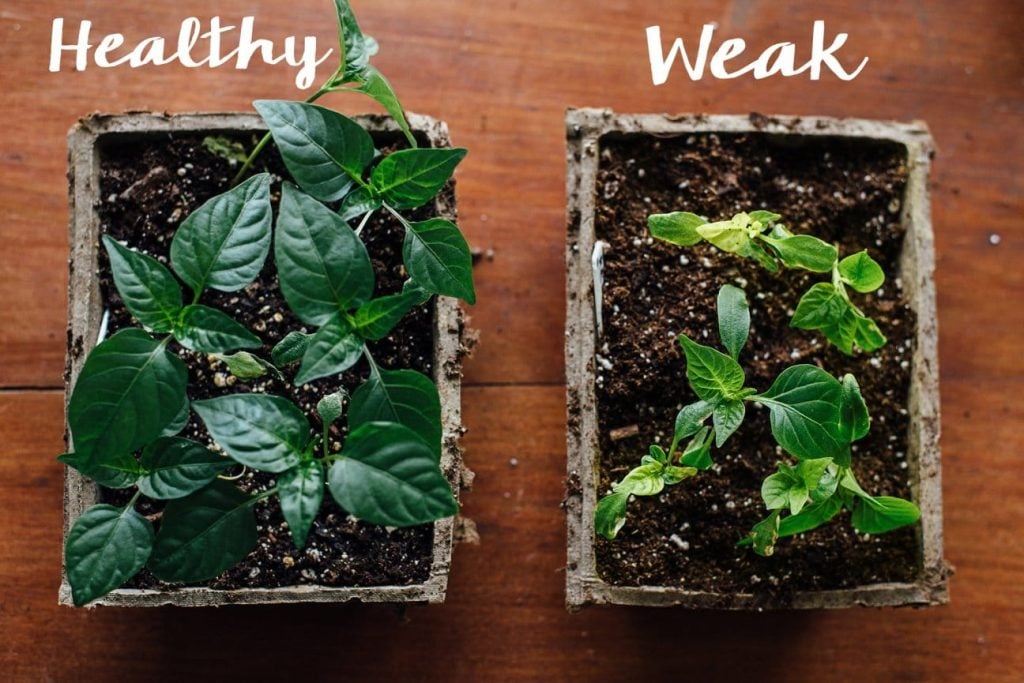
In the beginning phase of the plantation, if proper fertiliser, water, and all the other essential things are not provided to the plant, its growth process becomes slow, and eventually, it can destroy the plant completely. Later, when the plants are completely established, if you fail to take care of them on a regular basis, it can also damage the plant on a large scale.
Solution:
It is very important to take care of the plant when it is tender and delicate. It is required to keep an eye on moist soil, proper water and fertiliser feeding, and proper sun exposure for the plant in any phase of its life. It is also important to cut the plant after the flowering phase to remove unnecessary or damaged wood, leaves, or stems and give the plant proper shape and grooming.
3. Scale Insects
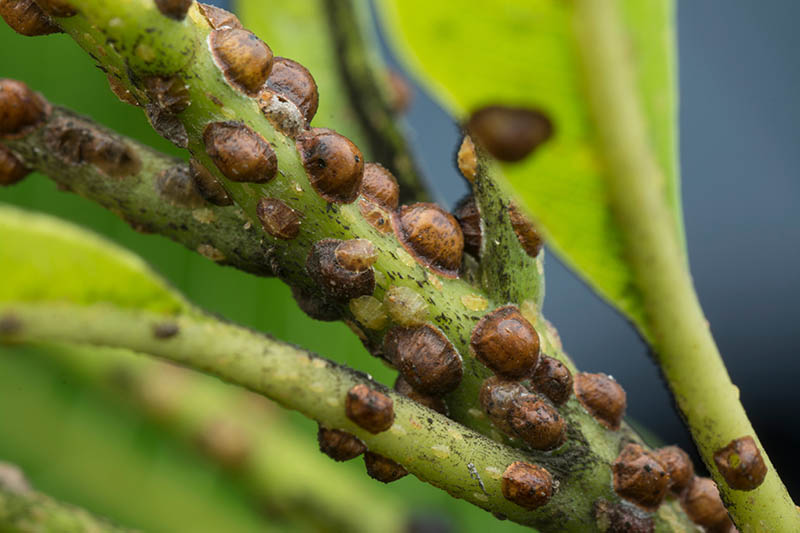
These insects are covered with a hard scale or shell-like structure, which is why they are known as scale insects. These are sap-sucking pests that are attached to any part of the plant, like leaves, stems, twigs, etc. In most cases, these microorganisms come to light when the major part of the plant is already affected or damaged.
Solution:
Keep an eye on your plants closely. If you notice any unusually small changes in your plants, then inspect them carefully. If any part of your plant is affected, then detach it from the whole plant as soon as possible and dispose of it carefully. If any small part of the plant is affected that is curable, then apply the treatment. Dip the cotton swab into alcohol and rub it over the infected plant. This will help you kill and remove the pests. Make sure that plant is infection-free.
4. Powdery Mildew
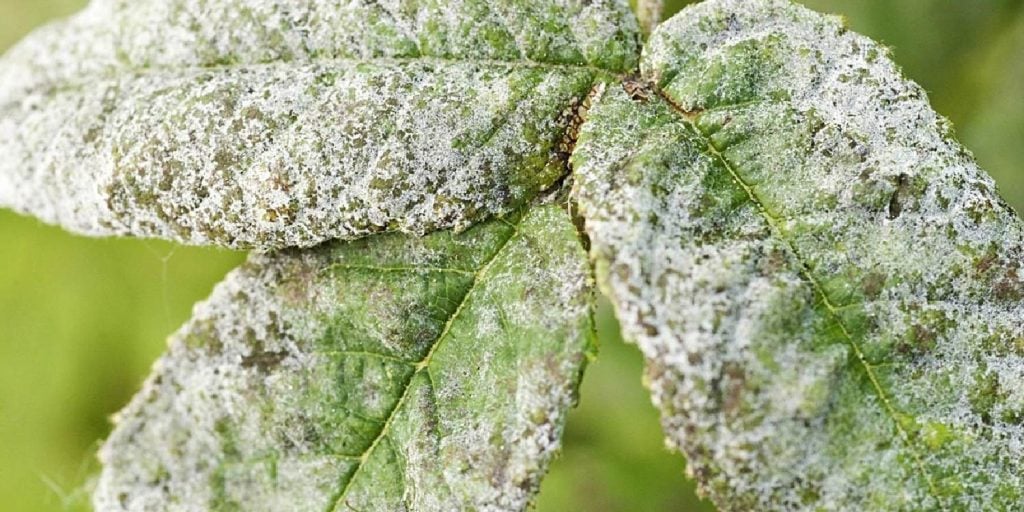
Powdery mildew is a type of fungus commonly seen in plants. It is very easy to detect as it creates a white or grey spot on the leaves. It is not only seen on the leaves but also on stems, vegetables, fruit, and sometimes inside parts of the plant. It happens when plants do not receive enough sunlight, or proper air circulation is not happening. If precautions are taken at the onset of the infection, it will not harm the plant. But if the treatment is given at the right time, it will harm the plant.
Solution:
Remove all the affected areas from the plant. Arrange the plants in such a way that they receive proper sunlight, get enough space to bloom, and get enough air circulation. Maintain the distance between two plants or between two plants and a fence or hedge.
5. Mealy Bugs
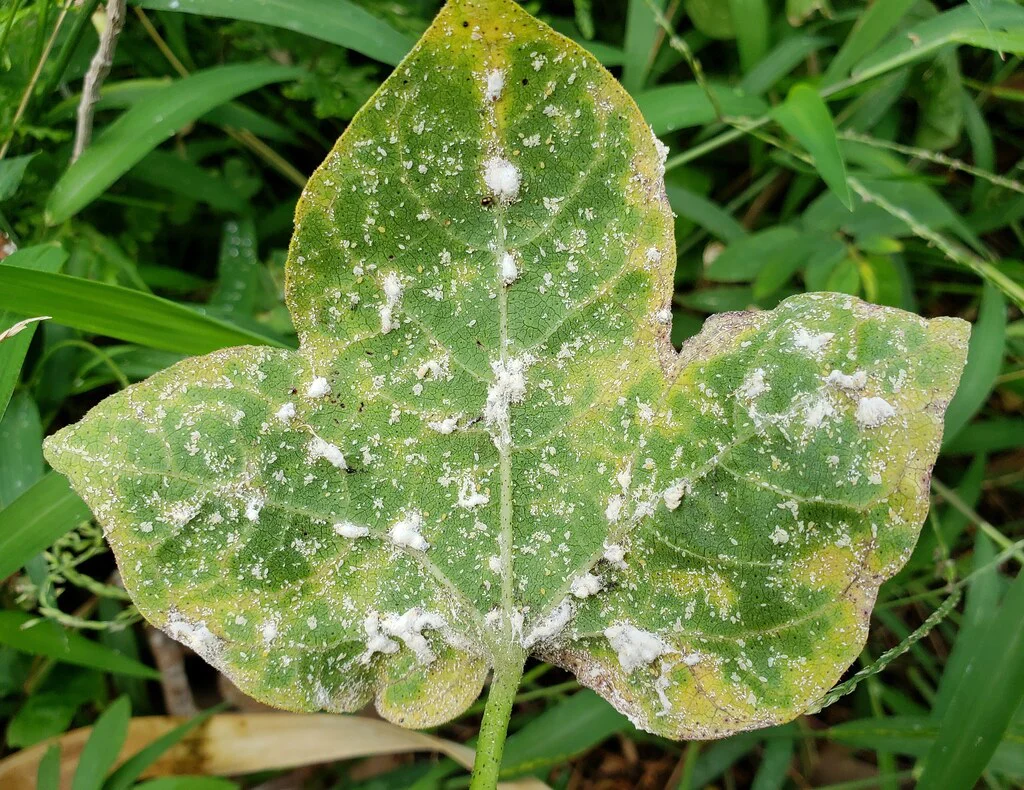
Mealybugs are insects that feed on plants. This insect releases a wax-like substance for their safety. This bug grows in warm climates. This is mostly seen in indoor planting. Outdoor planting is less affected by this. The infected leaves turn yellow and detach themselves from the plant. Any part of the plant can be affected by this.
Solution:
There are many methods available for the treatment, like washing them away, using a cotton swab dipped in isopropyl alcohol to wipe out the infected areas, or using artificial chemical treatment. These will help prevent mealybugs from spreading throughout your plant.
6. Pruning
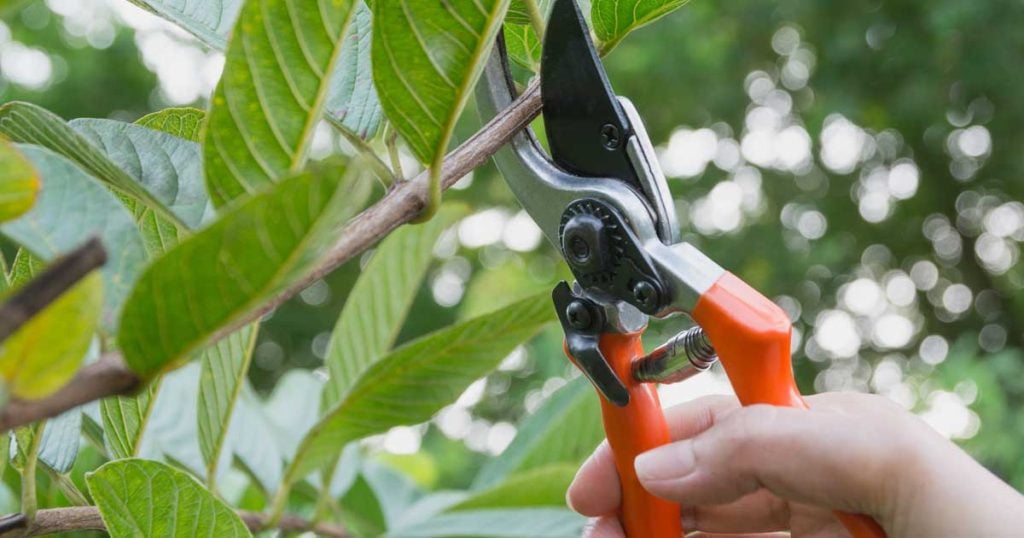
Though Sarcococca confusa ‘sweet box’ does not require regular pruning, it is advised to do so at regular intervals. You need to cut down unnecessary parts of the plants, which helps you to stop spreading the damage further. You can do this activity in late winter or early spring to maintain the symmetry of the Sarcococca Confusa ‘sweet box’ Plant.
7. Overwatering and Fertilizing

Overwatering or fertilizer feeding can harm the plant. Make sure that the plant is neither affected by overwatering and feeding of fertilizer nor suffers malnutrition due to less watering and feeding of fertilizer.
Solution:
It is very important to understand the amount of water and fertilizer required for the plant and feed it accordingly.
Let’s Understand Basic Information About the Sarcococca
Plant Name
Sarcococca is originally derived from two different words. The first word is sarco, which has the meaning of ‘flesh’, and the other word is ‘kokkos’, which acquired the meaning of ‘berry’. The word confusa has the meaning of ‘confused’ as the origination of the plant is not clear.
Where Do We Find Sarcococca Confusa ‘Sweet Box’?
The origin of Sarcococca confusa ‘Sweet Box’ is unclear, yet it is largely believed that the native of this plant is Western China.
Size and Growth
Sarcococca confusa ‘Sweet Box’ is a shrub plant with green stems. The plant has a glossy and leathery evergreen broad leaf. The shape of the leaves is elliptic. Though the height of the plant is variable, with proper care and nourishment, the maximum height and width the plant can achieve are 7 feet and 3 feet, respectively. This shrub plant is slow-growing in nature. The complete growth period of the plant is 5 to 7 years. In the starting phase of growth, the plant is in a loose form, which converts into a densely branched and round form.
Flowers and Fruits
The complete blooming period of a plant is either early winter or spring. The plant produces small, cream-white flowers. It has a redolent fragrance of vanilla or honey, which attracts pollinators like bees, butterflies, and birds. As soon as the flowering season ends, plants appear with small red berries, which transition into black later. The birds reached out to the plant to have and enjoy the berries, and they scattered the seeds here and there.
The Correct Time Period for Planting
The perfect time period for planting Sarcococca confusa ‘Sweet Box’ is either the fall or spring seasons. The plant can easily grow in full sunlight. However, the plant requires partial or full shade for the best growth.
If you wish to grow in full sunlight, then keep the soil damp, and the climate should be cool. Otherwise, full sunlight can dry or bleach the leaves of the plant. The plant is able to withstand winter USDA zones 7 to 9. The outdoor plant may survive with proper protection from the winter in zone 6.
Outdoor and indoor planting
First, you need to decide whether you want to have this plant inside or outside the home. If you wish to do planting outside your home in a garden area, then dig a proper hole the size of the root ball. It is preferable to use organic matter for the plant, like well-rotted manure, compost, or leaf mould. It is suggested to avoid planting when the soil is frozen, flooded with water, or completely dry.
If you wish to plant indoors, then take the soil mix with proper moisture. Select a pot that provides enough space for roots to grow. Avoid keeping the plant where it catches direct, harsh sunlight. Keep it in partial or full shade.
Proper Watering
If the area is receiving less rain, then water the plant regularly in good amounts. Supervise the plant soil regularly, and do not let it dry completely. Increase or decrease the amount of water according to the moisture of the topsoil. Young plants require more care than properly grown plants, as they can dry easily. Feed the soil with good-quality compost regularly. After the proper growth of the plant, it will require a lesser quantity of water than earlier. If you have grown the plant in a pot or container, then change it once a year for soil refreshment.
Grooming and AfterCare
Give it enough space to grow during the flower and fruit blooming periods. You can cut the plant with a proper gardening tool and maintain it regularly.
The plant is reliable and easily adaptable to its surroundings, so it naturally requires very low maintenance. After the complete and proper establishment of the sarcococca confusa ‘sweet box’ plant, it does not require much care. Maintain the proper amount of sunlight for the plant. Maintain the quality of compost fed to the soil on a regular basis.
Ideal Location
As this plant is bushy and has an aromatic fragrance, it is widely used as ground cover. You can create a border for a garden or walkway. This plant helps to enhance the beauty of your surroundings. You can have these plants in any type of garden as border plants to spread the beautiful aroma and give it an attractive look too.
So, these are the basic facts we need to know before understanding Sarcococca problems and their solutions.
Final Note
Sarcococca confusa ‘Sweet Box’ demands a very low amount of care. It is adjustable to any nature and is home-friendly. Its fragrance is only able to enhance the attraction for visitors where the density of the branch and round shape will only help you to create the border for the location.
Most of the time, the plant is free from disease or infection. They cause problems in rare cases. Sarcococca problems are very common and easily curable. They do not require any special care or treatment. If you take care of the plant at regular intervals, it will provide you with many years of enjoyment.

